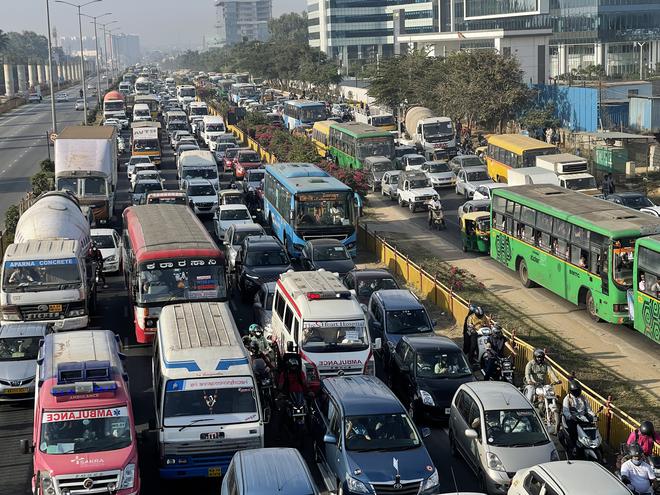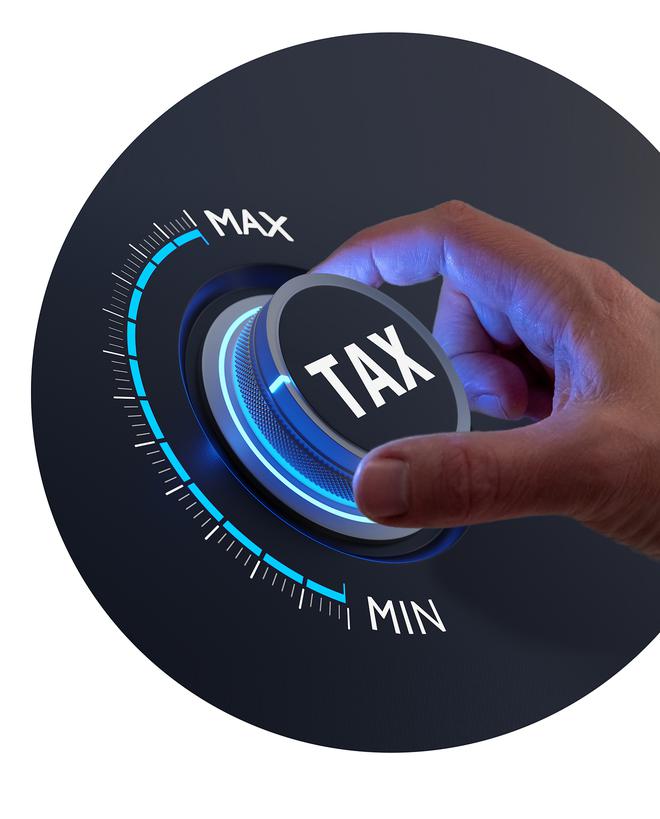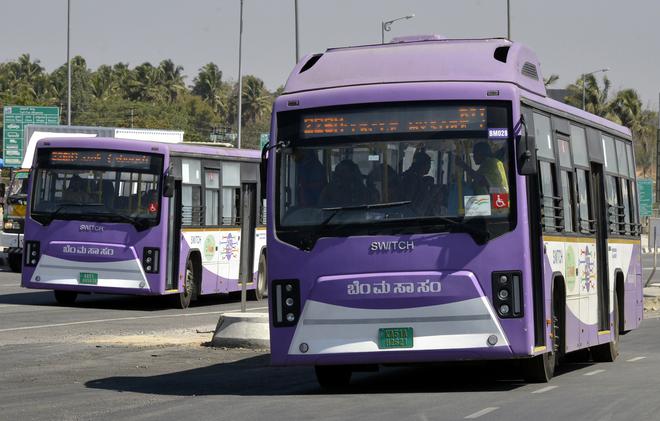Every government makes all the right noises to decongest Bengaluru’s roads. But when record-breaking growth in vehicular registrations massively boosts the Transport Department’s tax revenues, will the State be really interested in arresting the growth? Can it really tweak the tax structure to compensate for the shortfall through other sources?
Sharp rise, post-pandemic
First, the facts. Post-pandemic growth in vehicular registrations in the State continues to be robust this year, riding on the 30% year-on-year rise recorded in 2022. As many as 15.3 lakh new vehicles were registered in Karnataka in 2022, a sharp rise from the 11.7 lakh recorded in 2021.
The combined number of transport and non-transport vehicles registered in Bengaluru stood at 1.09 crore till March 31, 2023. This included 73.3 lakh two-wheelers and 22.3 lakh cars. In January, the year-on-year growth for the month showed an increase of nearly 30%. The overall vehicular numbers in the State were in excess of 2.98 crore.
Inevitably, this increase has sparked a consequent rise in the State Transport Department’s tax revenues. The annual collection in 2022 touched a record ₹8,648 crore, a substantial 38% increase from the ₹6,263 crore clocked in 2021. The bulk of this collection was from the city’s Regional Transport Offices in Jayanagar, Kasturinagar, Rajajinagar, Yeshwantpur, and Koramangala.
Transport revenue target
In the last State Budget, former Chief Minister Basavaraj Bommai announced that the department’s revenue collection was set to reach ₹9,007 crore against a target of ₹8,007 crore fixed for 2022-23. This was 13% higher than the Budget estimate. The revenue collection target for 2023-24 has been fixed at ₹10,500 crore.
The Transport Department’s revenue flows from road tax, new vehicle registration fee, permit fee, driving licence fee, checkpost inspection fee, pending taxes and penalties. In terms of tax inflow, the department is the 4th highest contributor to the State treasury. Only commercial taxes, stamps and registrations and excise earn higher.
A robust decongestion strategy for Bengaluru would mean prioritising multiple public transport modes through focused investment, last-mile connectivity and a deliberate shift away from projects that aid the growth of private, personal vehicles. Will the government be willing to let go of a lucrative revenue-yielding sector for greater public good?

High share of ‘sin taxes’
Urban policy expert Ashwin Mahesh feels the government’s share of ‘sin taxes’ is very high. He explains, “The government makes money when you pollute, when you drink alcohol, when you smoke … So, when it becomes dependent on these sin taxes, then the sin also has to increase if the revenue needs to grow. But then there are consequences. That is the paradox they have created.”
One way out could have been to rationalize the tax rates so that any revenue loss in one sector is compensated by a higher rate in another sector. But the Goods and Service Tax (GST) structure does not give the State that leeway. “The States have completely lost it by giving away taxation powers on the one hand, and reducing their dependence only on the things that have side effects,” he says.
In this limited framework, Karnataka has very little room to manoeuvre. “During the whole GST discussion, the government needed to be alert to give itself the latitude to set tax policy as per its idea of development, and where to invest and all of that. State governments conceded and therefore do not have the ability to use tax as an instrument of state policy anymore. They have lost the plot.”

‘Investment won’t disappear’
Independent mobility consultant Satya Arikutharam says any loss in tax revenue due to a shift to public transport does not mean the investment will just disappear. “It will go to another sector, which would still be taxed. The bus manufacturing industry will grow once the focus shifts. So will the tax revenue from shared auto rickshaws and cars used as cabs. The entire ₹10,000 crore will not go away, it will just be reallocated,” he explains.
But there are also intangible benefits, he points out. “Just imagine the extent of environmental benefits you get due to the decongestion. And the culture of people embracing public transport as a public duty is gaining ground. It would be a social commitment for future generations. The focus of policy making should not be short term.”
Beyond statements of intent, there is no visible policy shift away from promotion of private, personal vehicles. “The manufacturing lobby and the year-on-year automobile growth are driving the tax coffers, and they think if they dedicate part of this to public transport, they can get away with their commitments. But actually it is not that simple. They need to make conscious decisions,” he reminds.
Paris, he notes, made a commitment to be transformed as a walkable city. Parking spaces there were reduced by 80%. If such hard policy decisions are not taken, people will continue to aspire for and acquire more cars, SUVs and motorcycles.

Key strategy: Raise taxes
To strike a balance between decongestion and tax revenues, Prof. Ashish Verma, Convenor of the Indian Institute of Science (IISc) Sustainable Transportation Lab, suggests a key strategy: Raise the lifetime tax of a personal vehicle much higher than the existing rate to discourage people from owning cars. “In Copenhagen, for instance, people pay more than double the cost of the vehicle as lifetime tax. You find similar rates in Singapore and many other cities,” he notes.
Chinese cities have adopted a different strategy: Restrict the maximum number of new vehicle registrations. “Even the permitted registrations are through an auction. People have to bid. Anyone who can throw their bid gets the registration, but in the process, the Transport Department earns much more than the existing rates here,” explains Mr. Verma.
Both strategies, he says, will allow the State to earn more while reducing the vehicle numbers. “Volumes will come down, which is exactly what is required for decongestion. A large section of people will be discouraged, and they can easily switch to sustainable commute modes. The money earned from the rich, who can afford to pay to own vehicles, can then be pumped into better infrastructure for sustainable mobility modes, including public transport.”

How to tax EV vehicles
This strategy can be adopted for ownership of electric vehicles, too, since EVs add to the congestion as well. “Electric or fossil fuel-based, you have to discourage the purchase of personal vehicles. But there should be no tax on electric buses to keep purchase costs down. That will reduce traffic congestion and also reduce tailpipe emissions,” he reasons.
But if high taxation cannot dissuade rich buyers from owning a car, he says the tax rate for EVs can be reduced a bit. At least that way, they could make an eco-friendly decision.







